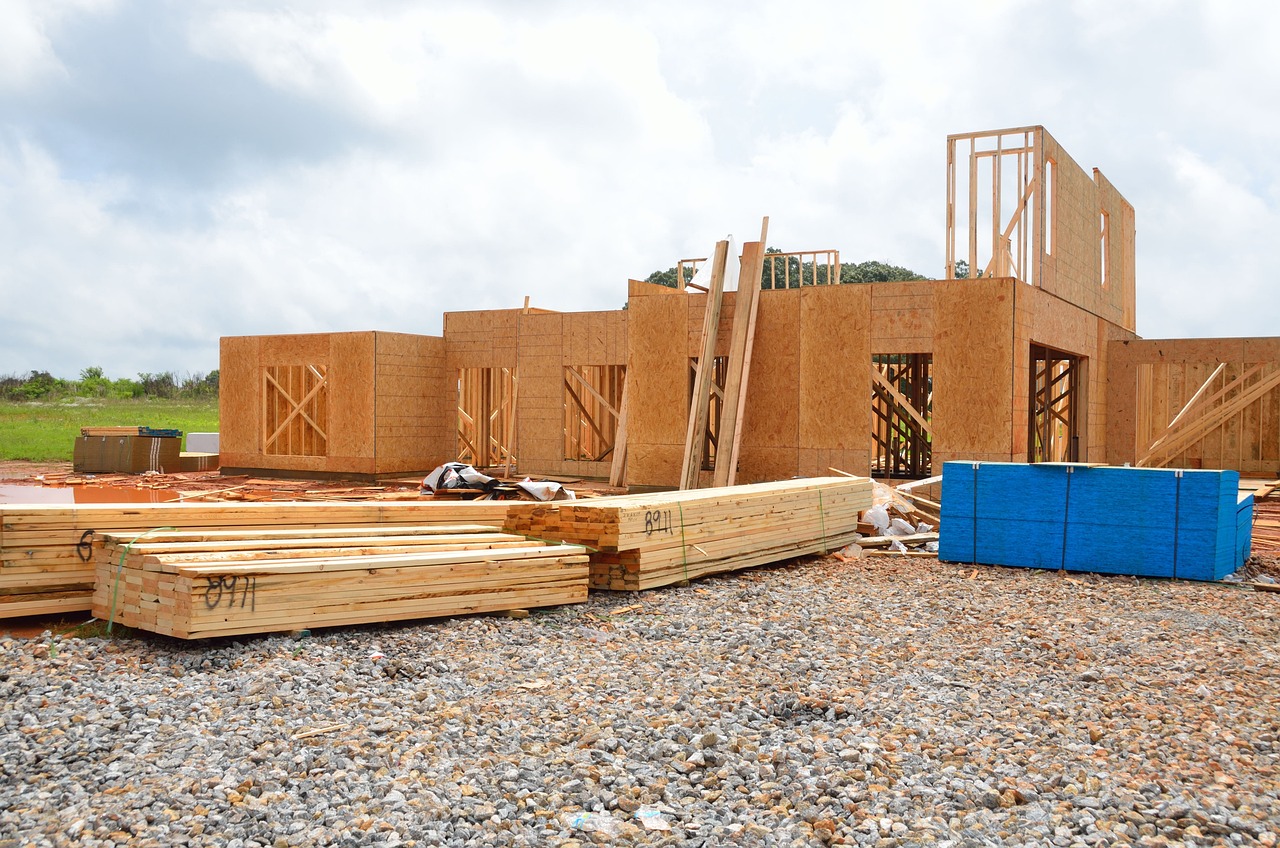As an AI language model, I can give you some tips on lighting design for one-story houses:
1. Use layered lighting: This means incorporating different types of lighting such as ambient, task, and accent lighting. Ambient lighting provides overall illumination to the room, while task lighting provides a specific light source for activities such as reading or cooking. Accent lighting is used to highlight specific features or objects in a space.
2. Choose LED lights: LED lights are energy-efficient, long-lasting, and cost-effective. They also produce less heat than traditional incandescent bulbs, making them safer for use in a home.
3. Consider natural light: Depending on the orientation of your home, you may be able to take advantage of natural light to illuminate your space. Install window treatments that allow for natural light to enter the room while also providing privacy.
4. Incorporate outdoor lighting: Outdoor lighting can enhance the curb appeal of your home while also providing safety and security. Consider installing landscape lighting along walkways or using motion-activated lights around the perimeter of your home.
5. Add dimmer switches: Dimmer switches allow you to adjust the level of light in a room, creating a more cozy and intimate atmosphere. They also help to save energy by reducing the amount of electricity used for lighting.
Overall, the key to lighting design for one-story houses is to create a balance of light sources that are functional, efficient, and aesthetically pleasing.



